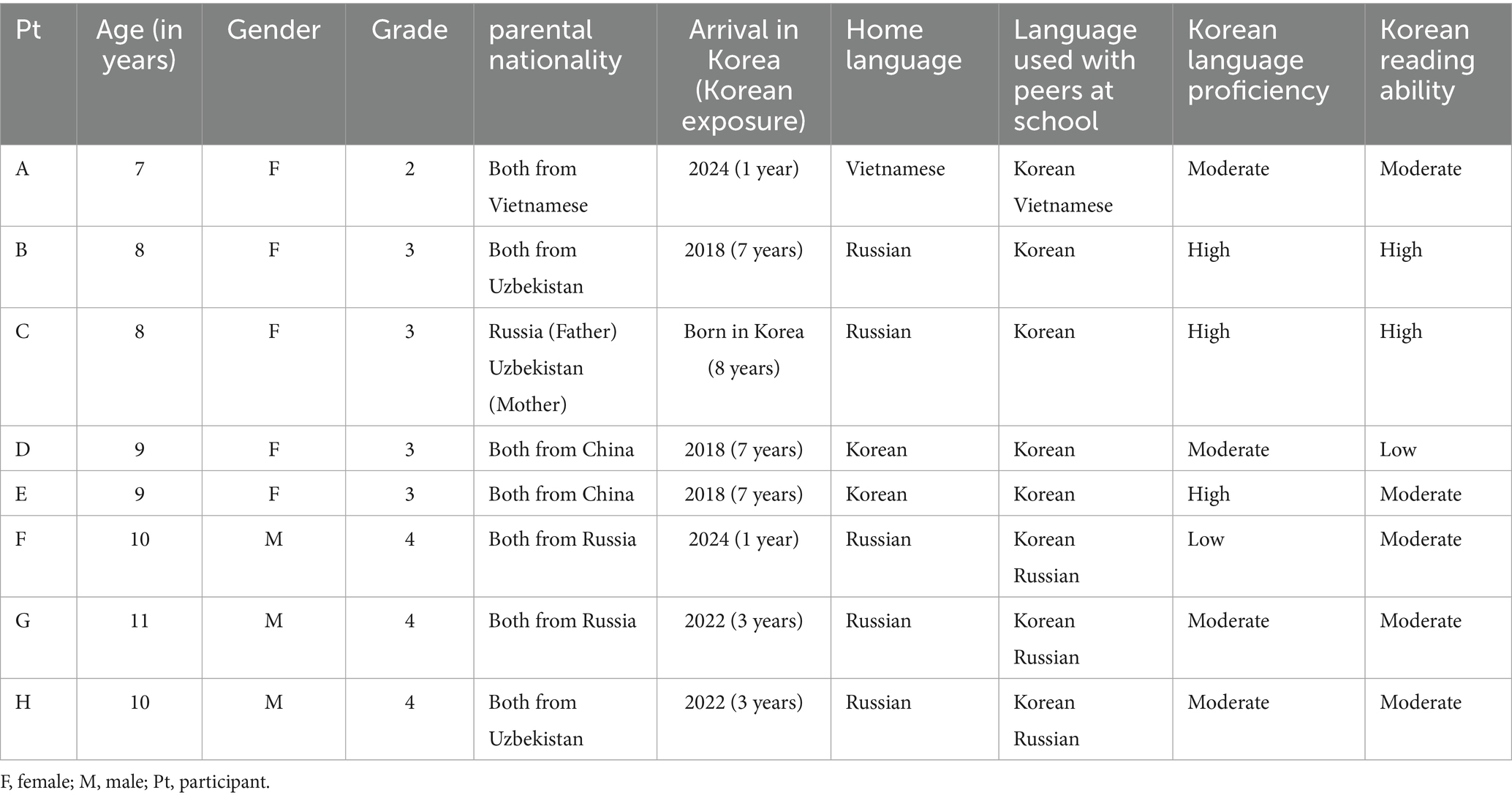Report on Programmatic Intervention for Youth Transitioning from Foster Care
Executive Summary
This report examines the case of a young adult, Isaac, to illustrate the significant challenges faced by youth transitioning out of the foster care system, including housing instability and a lack of financial literacy. It highlights an intervention by the non-profit organization Youth Villages, whose financial literacy program directly supports the achievement of several United Nations Sustainable Development Goals (SDGs). By providing critical life skills, the program empowers vulnerable youth to achieve financial stability and break cycles of poverty, contributing to SDG 1 (No Poverty), SDG 4 (Quality Education), SDG 8 (Decent Work and Economic Growth), and SDG 10 (Reduced Inequalities).
Case Study: Isaac – A Profile of Resilience and a Target for Intervention
Background and Systemic Challenges
The subject, Isaac, experienced profound instability throughout his childhood and adolescence. His circumstances underscore systemic issues that directly contravene key Sustainable Development Goals.
- SDG 1 (No Poverty) & SDG 11 (Sustainable Cities and Communities): Isaac experienced homelessness on five separate occasions and resided in four different shelters, beginning at age eight. This chronic housing instability is a primary indicator of poverty and community vulnerability.
- SDG 4 (Quality Education): Constant relocation resulted in attendance at thirteen different schools before completing ninth grade, severely disrupting his educational continuity.
- SDG 10 (Reduced Inequalities): At age 11, Isaac was required to manage complex administrative tasks, such as SNAP enrollment, a responsibility that highlights the inequalities faced by children in precarious living situations.
Despite these adversities, Isaac demonstrated significant resilience and a determination to achieve financial independence to prevent future instability for himself and his family.
Educational and Career Progression
Currently, Isaac is a freshman at Johnson C. Smith University, pursuing a degree in computer engineering. This pursuit of higher education is a critical step towards achieving SDG 8 (Decent Work and Economic Growth). His trajectory was significantly supported by a targeted programmatic intervention focused on financial literacy.
Programmatic Intervention: Youth Villages Financial Literacy Program
Program Objectives and Impact
Youth Villages has implemented a financial literacy program specifically designed to address the knowledge gap experienced by many young adults who have been in foster care. The program provides essential skills often missed by this demographic, empowering them to make informed financial decisions and build stable futures.
- Budgeting and Financial Management
- Opening and Maintaining Bank Accounts
- Understanding and Filing Taxes
- Debt Management and Savings Strategies
- Navigating Insurance and Other Financial Products
For Isaac, the program provided actionable information that enabled him to save money, resolve an outstanding debt, and engage in financial planning discussions with his family, demonstrating immediate and practical benefits.
Alignment with Sustainable Development Goals (SDGs)
The Youth Villages program model is strongly aligned with the global development agenda, making tangible contributions to several SDGs:
- SDG 1 (No Poverty): By equipping youth with financial management skills, the program provides a direct pathway out of poverty and towards long-term economic stability.
- SDG 4 (Quality Education): The initiative offers vital life skills education that complements formal academic learning, ensuring youth have the practical knowledge needed for adult life.
- SDG 8 (Decent Work and Economic Growth): Financial literacy is foundational for securing and maintaining decent work, fostering entrepreneurship, and contributing to sustainable economic growth.
- SDG 10 (Reduced Inequalities): The program specifically targets a vulnerable and often marginalized group, providing them with tools and opportunities that reduce the inequality gap between them and their peers from more stable backgrounds.
- SDG 17 (Partnerships for the Goals): The work of Youth Villages in North Carolina is conducted in collaboration with the North Carolina Department of Health and Human Services, exemplifying the cross-sector partnerships necessary to achieve the SDGs.
Conclusion and Strategic Outlook
The case of Isaac demonstrates that targeted support systems are critical for helping youth overcome systemic disadvantages. The Youth Villages financial literacy program serves as an effective model for intervention, producing measurable outcomes that not only transform individual lives but also advance the broader objectives of the Sustainable Development Goals. Continued investment and partnership in such programs are essential for building stronger, more equitable communities and ensuring no one is left behind.
Analysis of Sustainable Development Goals in the Article
1. Which SDGs are addressed or connected to the issues highlighted in the article?
-
SDG 1: No Poverty
The article directly addresses poverty through Isaac’s experiences. His family’s need to enroll in SNAP (Supplemental Nutrition Assistance Program) and their life in shelters indicate a state of poverty. The entire narrative is centered on his determination to become “financially responsible” to escape these circumstances, and the financial literacy program is a tool to end the cycle of poverty for him.
-
SDG 4: Quality Education
This goal is relevant in two ways. First, Isaac’s unstable childhood, where he “moved every school year until ninth grade,” highlights the disruption to quality education that poverty and homelessness can cause. Second, the article emphasizes the importance of a different kind of education: the Youth Villages’ financial literacy program, which provides “critical information” and skills like budgeting and filing taxes that are essential for adult life but often missed by youth from the foster care system. Isaac is also now pursuing higher education as a university freshman.
-
SDG 8: Decent Work and Economic Growth
The article touches upon the quality of work. Isaac left a stressful and unsafe job (“I was being attacked by animals”) for a “better job.” His pursuit of a computer engineering degree is a clear effort to secure a “good job” in the future, contributing to his personal economic growth and the goal of productive employment.
-
SDG 10: Reduced Inequalities
The article highlights the specific disadvantages faced by a vulnerable group: “many young people who have foster care often lack basic financial literacy skills.” The Youth Villages program is designed to reduce this inequality by providing targeted support to empower these young adults, enabling them to achieve the same financial stability as their peers.
-
SDG 11: Sustainable Cities and Communities
Isaac’s story is a direct illustration of the challenges related to this goal. He “experienced homelessness five times and lived in four different shelters.” This points to a lack of access to adequate, safe, and stable housing, a core component of sustainable communities. The program’s aim to build financial stability is a foundational step for individuals to secure stable housing.
2. What specific targets under those SDGs can be identified based on the article’s content?
-
Target 1.2:
By 2030, reduce at least by half the proportion of men, women and children of all ages living in poverty. Isaac’s childhood in shelters and on SNAP benefits represents living in poverty. The program’s goal to help him achieve “financial independence” directly contributes to this target.
-
Target 4.4:
By 2030, substantially increase the number of youth and adults who have relevant skills, including technical and vocational skills, for employment, decent jobs and entrepreneurship. The financial literacy program explicitly provides relevant skills (“budgeting, opening bank accounts or filing taxes”) to empower young adults for financial stability and employment.
-
Target 8.6:
By 2020, substantially reduce the proportion of youth not in employment, education or training (NEET). The article presents Isaac as a positive example who is currently in education (university), employment (“where I still work today”), and training (the financial literacy program), directly countering the NEET statistic for vulnerable youth.
-
Target 10.2:
By 2030, empower and promote the social, economic and political inclusion of all, irrespective of… economic or other status. The program specifically targets youth from foster care, a vulnerable group, to “empower” them with financial skills, promoting their economic inclusion and stability.
-
Target 11.1:
By 2030, ensure access for all to adequate, safe and affordable housing. Isaac’s history of homelessness and living in multiple shelters directly reflects the problem this target aims to solve. Achieving financial stability is a prerequisite for securing adequate and permanent housing.
3. Are there any indicators mentioned or implied in the article that can be used to measure progress towards the identified targets?
-
Indicator for Target 1.2:
The article implies the indicator of the proportion of the population living in households with access to basic services. Isaac’s story of living in shelters and experiencing homelessness five times serves as a qualitative measure of the lack of access to the basic service of stable housing.
-
Indicator for Target 4.4:
The article mentions the proportion of youth and adults with information and communications technology (ICT) skills and financial literacy skills. Isaac is majoring in computer engineering (an ICT skill) and the program’s success is measured by its ability to impart financial literacy skills, which Isaac confirms he received.
-
Indicator for Target 8.6:
The article directly references the proportion of youth (aged 15-24 years) not in employment, education or training. Isaac’s status as a university student who also has a job and is participating in a training program is a direct, positive data point related to this indicator.
-
Indicator for Target 11.1:
The article mentions the proportion of the urban population living in slums, informal settlements or inadequate housing. Isaac’s experience of living in four different shelters and being homeless multiple times is a narrative example of this indicator.
4. Summary Table of SDGs, Targets, and Indicators
| SDGs | Targets | Indicators |
|---|---|---|
| SDG 1: No Poverty | 1.2: Reduce at least by half the proportion of people living in poverty. | Implied: Proportion of population with access to basic services (e.g., stable housing). |
| SDG 4: Quality Education | 4.4: Increase the number of youth and adults with relevant skills for employment. | Mentioned: Proportion of youth with financial literacy skills. |
| SDG 8: Decent Work and Economic Growth | 8.6: Reduce the proportion of youth not in employment, education or training (NEET). | Mentioned: Isaac’s status as a youth in employment, education, and training. |
| SDG 10: Reduced Inequalities | 10.2: Empower and promote the social and economic inclusion of all. | Implied: The existence of programs targeting vulnerable youth (from foster care) to provide economic skills. |
| SDG 11: Sustainable Cities and Communities | 11.1: Ensure access for all to adequate, safe and affordable housing. | Mentioned: The narrative of experiencing homelessness and living in shelters. |
Source: youthvillages.org







